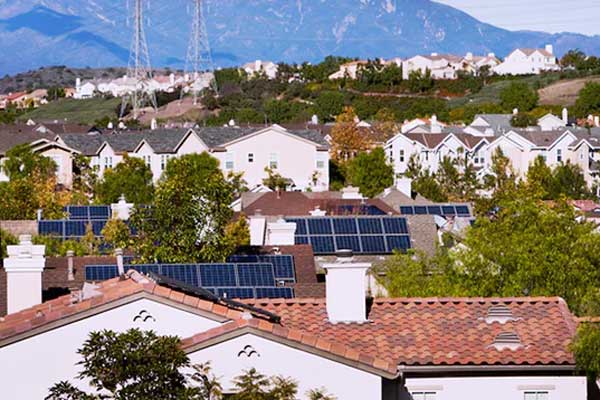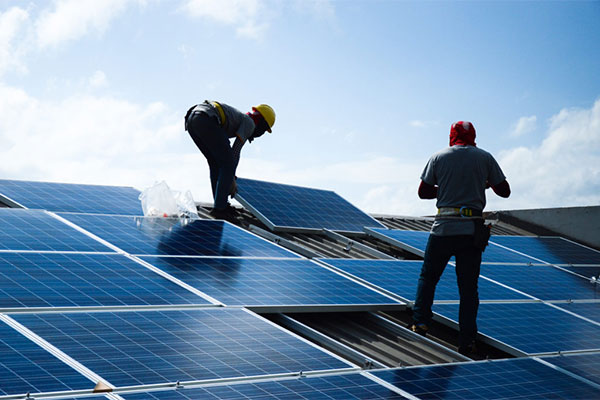Despite the “stay” halting implementation of the Clean Power Plan (CPP) earlier this year, rule making regarding the national Environmental Protect Agency’s (EPA) Clean Energy Incentive Program (CEIP) continues.
The purpose of the CEIP is to encourage early investment in renewable energy (i.e. wind and solar) and other technologies prior to the effective date of the Clean Power Plan. Generation from carbon-free renewable energy – such as solar – is incentivized in 2020 and 2021, the two years prior to the CPP compliance period: 2022- 2030. The CEIP is a voluntary program; states are not mandated to participate.
Over the past several months, the EPA has undergone extensive outreach and engagement to create the CEIP framework. On June 16th, the EPA released its proposed design details for the CEIP in a 206-page document.
Focal Points of the Program
The CEIP is designed to jump-start investments in solar and wind prior to the effective date of the Clean Power Plan. Wind and solar were chosen because of their rapid development timelines, though the EPA is considering the addition of limited amounts of geothermal and hydropower as eligible renewable energy sources.
For each megawatt hour (MWh) of generation, states will be issued one Emission Rate Credit (ERC) or emission allowances. Each CEIP project that receives these awards are then able to sell or transfer their ERCs or allowances to affected power plants, who may then use them for compliance with an emission standard under the Clean Power Plan.
Solar and wind facilities that commence construction or operations after submission of their state plans or after September 2018 may qualify for the CEIP.
ERC vs. REC: What’s the Difference?
At first glance, an ERC sounds very familiar to a Renewable Energy Credit (REC), but they are different in nature. An ERC is a zero-emission MWh, whereas a REC is the generation attribute of one MWh.
A webinar by the Clean Energy States Alliance on the Clean Power Plan and State RPS programs provides more clarification on the difference between the two credits. A key point stated was that an ERC and a REC can be generated from the same MWh and then sold in their respective marketplaces. This new knowledge may lead to additional revenue for solar projects.
States with Strong Renewables Policies Will Flourish under CEIP
Because CEIP incentivizes projects that commence construction or operations beginning in September 2018, states that have created markets to encourage early investment in clean energy will be better equipped to take advantage of the incentive program.
According to the Union of Concerned Scientists (UCS), states currently with renewable electricity standards are projected to support more than 103,000MW of renewable energy capacity by 2025.
A renewable portfolio standard (RPS) is one such tool that a state may utilize to encourage renewable energy investments. To better equip themselves to take advantage of the CEIP and ultimately comply with the CPP, states have begun to strengthen their renewable energy commitments. For example, Oregon recently increased their renewables targets to 50% by 2040. Only a couple weeks ago, Rhode Island lawmakers passed a bill to increase their RPS to 40% by 2035.
Several states have recently passed legislation to strengthen their renewable energy targets. On the contrary, OH has frozen its standard.
Examples like Oregon and Rhode Island, among others, contrast with a state like Ohio, which has frozen its modest 12.5% target. Maryland also passed legislation to strengthen its RPS earlier this year, only to face a veto from Governor Hogan.
Clean Energy Incentive Program: It’s Coming
The EPA will accept public comments on this proposal through September 2nd, 2016. In addition, a public hearing on the proposed project details will be held in Chicago on August 3rd from 9:00 a.m. – 8:00 p.m. (CST).
No matter the forms that the CEIP and CPP ultimately take, one thing is certain: states with strong renewables targets – such as an RPS – will lead the way.
















Comments